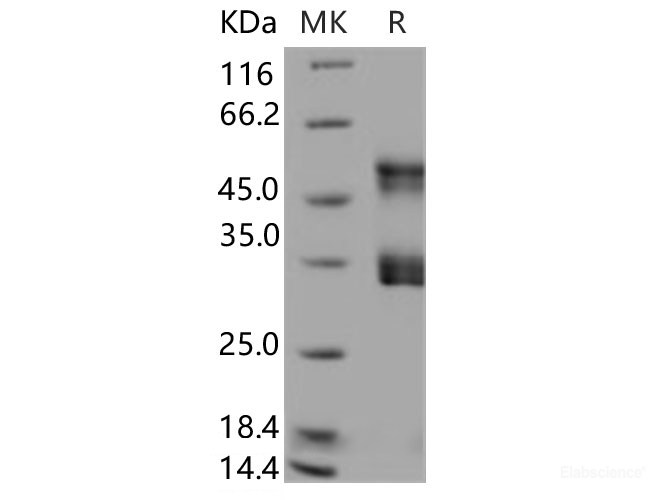Background
Plasminogen activator, urokinase, also known as PLAU and uPA, is a serine protease which converts plasminogen to plasmin, a broad-spectrum protease active on extracellular matrix (ECM) components. It is involved in complement activation, cell migration, wound healing, and generation of localized extracellular proteolysis during tissue remodelling, pro-hormone conversion, carcinogenesis and neoplasia. 、uPA and its receptor (uPAR) have been implicated in a broad spectrum of pathophysiological processes, including fibrinolysis, proteolysis, inflammation, atherogenesis and plaque destabilization, all of which are involved in the pathogenesis of MI (myocardial infarction). The role of uPA is not only linked to its action as an enzyme. In fact, the mere binding of uPA on the cell surface also brings about two events that broaden the spectrum of its biological functions: (1) a conformational change of the receptor, which, in turn, affects its interaction with other proteins, (2) a signal transduction which modulates the expression of apoptosis-related genes. Besides its applications as a thrombolytic agent and as a prognostic marker for tumors, uPA may provide the basis for other therapies, as the structure of the receptor-binding domain of uPA has become a model for the design of anti-cancer molecules. Because of the causal involvment of uPA in cancer invasion and metastasis, the blockade of uPA interactions and activity with specific inhibitors is of interest for novel strategies in cancer therapy.







